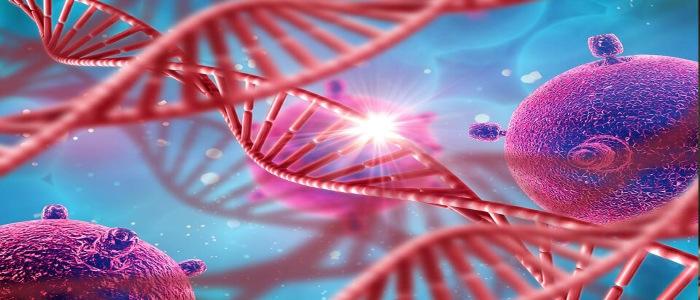What is medical animation and it’s progress according to time?
26th Aug 2021, author: dreamengineanimationstudiomumbai
What is medical animation?
Visual material, such as medical animation, is a type of visual content. It’s a short video created with computer animation for teaching purposes on a medical topic, most commonly surgery or physiology, although it might be many varieties of medically relevant topics. Medical animation can be directed at a number of audiences, ranging from med students to seasoned academics to a consumer watching a YouTube video, and it can cover a wide range of themes. Despite the fact that medical animation in the form of 3D graphics has only been around for a few decades, individuals have long attempted to visually describe medical processes and procedures.
What Is the Purpose of Medical Animation?
Medical animation can have a range of functions based on the target audience. All medical animation, however, has one goal in mind: to educate the viewer. Sometimes, like in the case of medical animation directed for students, the overarching goal is education. However, many companies that use medical animation have extra purposes in mind, such as attaining marketing objectives and assisting with research.
Let’s take a closer look at where medical animation came from and how it’s used today to better comprehend it.
What Is Medical Animation’s Background?
Of course, not every medical animation was created using computers. In truth, people have been striving to represent the workings of the human body since antiquity.
Early Years in the History of 3D Medical Animation
Medical animation can be traced back to the origins of visual representations of medicine and intensive interventions renderings of the human form. There is evidence that the Ancient Egyptians, Babylonians, Chinese and Indians all drew medicinal images. The main distinction was that it had been heavily based on animal anatomy.
The anatomist Herophilos performed the earliest known dissections of human cadavers in Ancient Greece. However, until the Middle Ages, when dissections of offenders’ bodies were authorized, representations of the inner workings of the human body based on real-life instances were severely limited. Anatomists would remain far away from barber-surgeons doing the process, reducing the educational value of these practices.
People were allowed to adopt a more direct approach to researching human anatomy when the Middle Ages gave rise to the Scientific Revolution, Renaissance, and Age of Enlightenment. This led to the most well-known figure before contemporary times, Leonardo da Vinci, who’s most well-known man to flawlessly integrate medicine and art. In fact, his research into the human figure resulted in discoveries and innovations that are still in use today.
Medical Animation in the Modern Medical Animation in the Modern Era: From the Forefathers to the Present
Medical animation has grown in popularity as a result of two key elements. The primary goal is to reflect the human shape and medical operations as accurately as possible. The second factor is technology, which allows for new visual representations of these procedures. With the discovery and widespread use of colour printing in the 19th century, a great technological advancement was made in the field of animation.
There were indeed more books of coloured medical graphics available, but this also led to the creation of the first types of animation, such as flip books. This wasn’t long before all these basic kinds of animation were being utilized to portray not only the human body’s movements, but also various biological and medical processes in motion.
A man named Max Brodel entered medical school at Johns Hopkins University near the end of the nineteenth century. Dr. Harvey Cushing was one of his first clients, and he began drawing medical illustrations for him. He came up with new ways to make beautiful and accurate depictions, such as using carbon dust and operating straight from cadavers. Brodel went on to develop the Johns Hopkins School of Medicine’s first Department of Art of Medicine, and is now known as the Father of Modern Medical Illustration.
The Twentieth Century and Medical Animation
Modern medicine was devoted to the value of visual depictions in understanding and repairing the human body after Brodel’s work at Johns Hopkins. The dearth of technology for precisely and realistically showing moving processes in three dimensions was the limiting issue more than anything else.
People strove to mimic this as best they could by hand in the early twentieth century, inventing vivid styles like Pauline Lariviere. Prior to the advent of 3D computer graphics, some of the first 3D medical animations were generated with wire-frame models, which were hindered by slow processor speeds.
The first 3D computer generated image on a medical topic was published in an issue of the journal Science in 1975, with the authors of the publication outlining how the animation may be used to visualize complicated macromolecules.
Simultaneously, 3D computer animation was reaching new heights at movie studios like Disney. By the 1980s, medical animation had become an essential aspect of surgical and physiological training. As audiences were amazed by stunning CGI effects in huge blockbuster movies in the 1990s, the same technology began to be utilized to make better medical animation than ever before.
Closing
Today, animation has advanced significantly and is used in a variety of areas, including the medical field. Read this blog by Dream Engine Animation studio, Mumbai to learn about different types of medical animation.
If you are also looking for an animation studio to create such animations contact us for a memorable experience.
